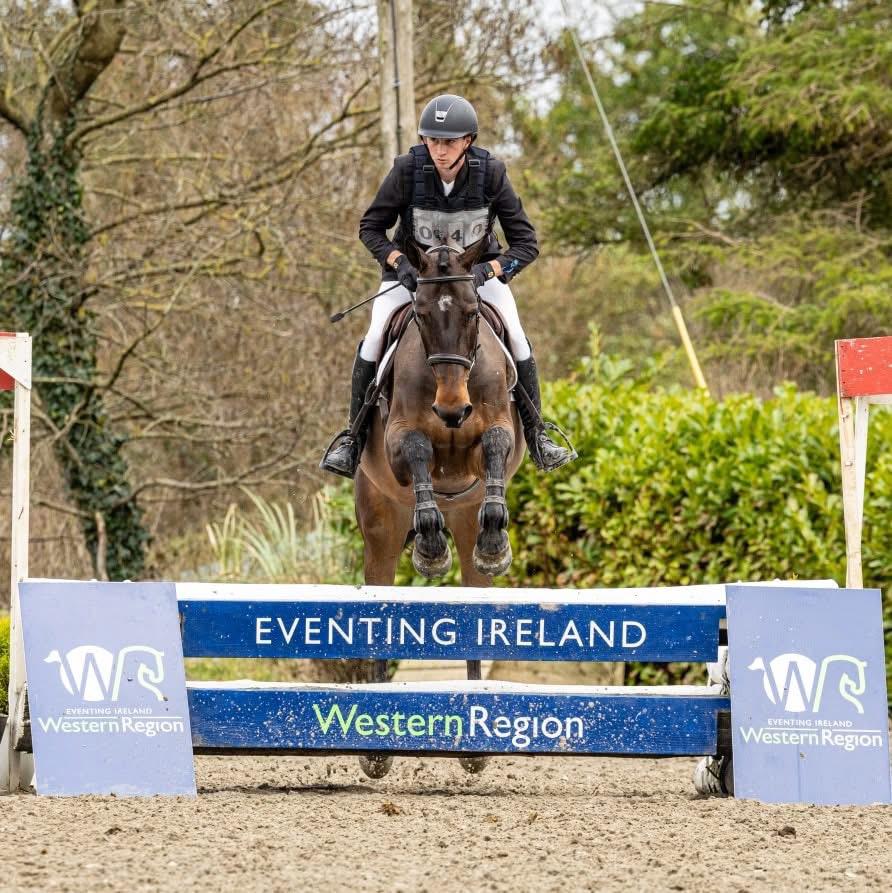Editor’s note: We announced the 13 finalists in the 6th annual EN Blogger Contest last week, and now we’re bringing you their first round entries here on Bloggers Row. Each entry will be presented unedited for fairness’ sake. Thanks as always for reading, and please leave feedback in the comments section.
Has anyone noticed the big, Dumbo-esque elephant in the room lately? The Voldemort-style ‘we-don’t-speaketh-its-name’ issue?
Yes, I am talking about Key Hole fences, those spectator-friendly jumping challenges. These modern phenomena definitely provide ‘oohs’ and ahhs’ for the gathered spectators – whose dollars are often the lifeblood of an event – and may cause the rider standings to shift excitingly. British Vet Katie Brickman, also an intermediate eventer, concedes that Key Holes are ‘crowd pleasers’. “They are exciting and look different from other XC obstacles.”
While rotational horse falls have dropped by 57% in the past decade [source: FEI], it is difficult to pinpoint the causative effects of specific fences on safety on a large-scale or worldwide basis. In his 2014 presentation on risk factors for horse falls, part of the FEI’s Eventing Audit, while author Charles Barnett did not identify Key Holes as fences typically associated with falls, he did note that risk factors for rotational falls include riding a young (under seven) horse, hitting the fence on the accent, hitting the fence hard, and approaching too fast. Factors which, when combined with the visual challenges that Key Holes present to the horse, do make these serious bogey fences.
Asking fair questions
Course designer Mike Etherington-Smith is not a big fan of Key Holes. “The guidelines [height of the hole not less than 1.80m; width not less than 1.60m] are minimum dimensions. If Key Holes are used, they should have minimal top spread, should not be solid where the horses jump them, and in most instances, should definitely exceed the minimum diameter stipulation.”
Writing on EventingNation.com last year, American eventer Doug Payne, a pioneer for the open discussion of these jumping challenges, described the tendency of some horses to duck their head and trail their front ends. “When Key Holes are used as the first or middle part of a combination, course designers must be careful not to surprise horses.”
Eventer Katie Brickman says that the horse visually perceives the obstacle to negotiate as the lower part of the Key Hole. “This can cause problems, as initially, the horse is not able to visually perceive danger from above,” she says. “This can mean, particularly in younger horses, that they then over-jump the fence, forcing the rider up into the brush.” Katie’s viewpoint definitely ties in with the ‘young horse’ risk factor for rotational falls.
Risk factors
A key issue with these fences could also be the speed of the rider’s approach – with ‘approaching too fast’ a serious fall risk factor, a controlled approach, to allow the horse time to assess the question, is a necessity.
And furthermore, could these fences be riskier for (naturally taller) male competitors, who may have to take avoiding action to prevent re-enaction of ‘being dragged through a hedge backwards’? Doug Payne believes that if the Key Hole is not the last element in a combination, riders, in their efforts to steer, may make contact with the brush.
Katie Brickman agrees. “If the rider needs to prepare the horse for a further element, they need to sit up more. The potential for head and neck injury is a significant safety issue. I think Key Hole fences should be used as stand-alone obstacles, or as the last part of a combination,” she says.
So, while there’s no firm evidence linking Key Holes to eventing falls, surely it is time for more open debate between all parties to ensure that the elephant in the room doesn’t start marauding?
Guideline-makers, course designers, safety advisors — it’s over to you.




















